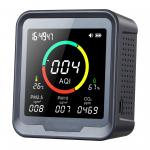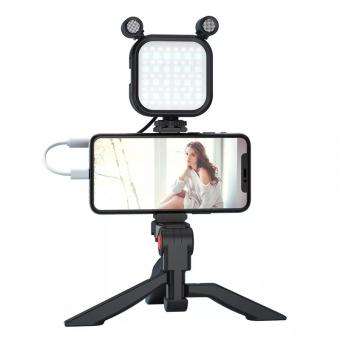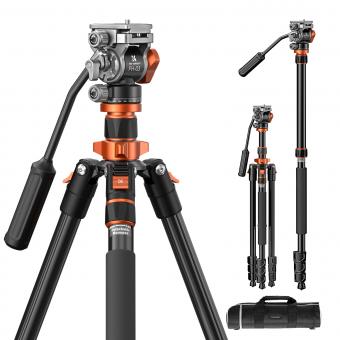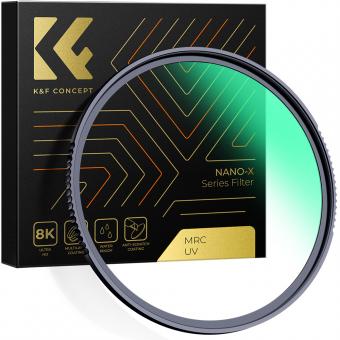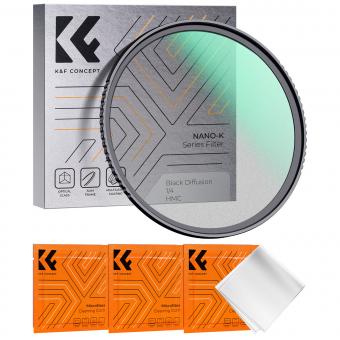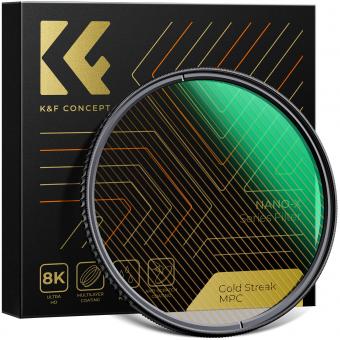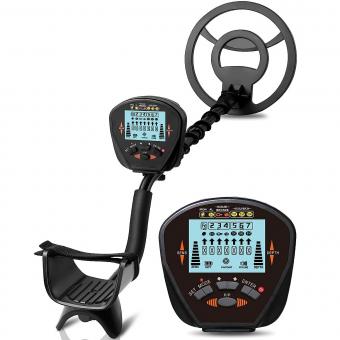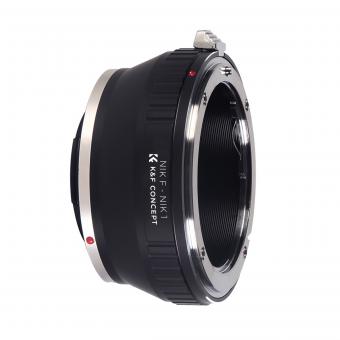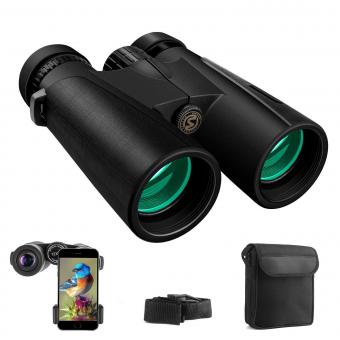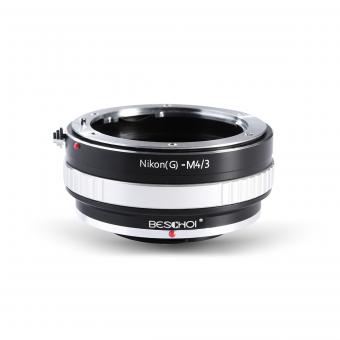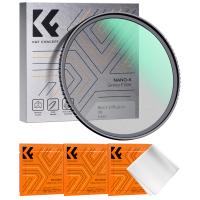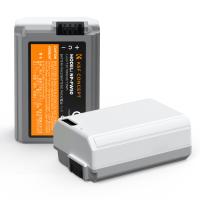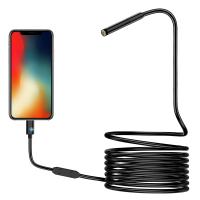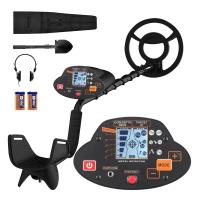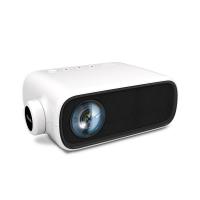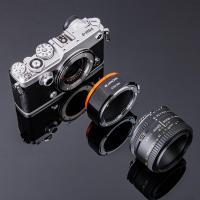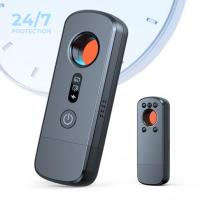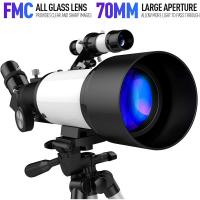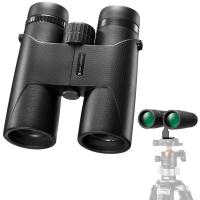Reviews
Excellent choice
accidentally ordered two. They have been charged. The 24-hour calibration mentioned in the manual was not required. I put it on a window fan for 10 minutes to calibrate it. One after the other, both leveled off at about 405 ppm CO2. I recently bought another AQI meter from TempTop so I could compare PM2.5 somewhat. I've only had this for a few days, but I've carefully monitored and confirmed the circumstances. All measurements between both units are practically identical, there are no unaccounted for deviations. CO2 readings increased proportionally to the number of people in my office when I had the door open/closed, centralized forced ventilation (air conditioning) and a window fan. Most observed values are between 400 and just over 1000, but intentionally breathing on them will exceed this value. PM2.5 readings correlate with TempTop, although PM2.5 and PM10 fluctuate up to 0.03 above baseline, which is negligible. Since I bought these to close the CO2 gap that the TempTop doesn't catch, I can't contribute much to these readings yet. The temperature and humidity are also consistent with all my other devices. There was a review regarding self-recalibration. This is an optional feature if you're reading the book, although I don't know why anyone would want this repeated regularly. I said I accidentally bought two... I think I'll get more. Maybe one for me, but others as gifts. I think there is value in knowing the quality of the air you breathe, especially in places where you spend the most time. .....Update: I bought a QingPing monitor based on other reviews I read, mainly because it aesthetically lists the measurements that interested me the most, namely CO2, PM and VoC. As a result, I really needed to calibrate these devices... I assumed it was a calibration phase when I started them up and they stuck at 500 for a while; In any case, after calibration, they agree with the QingPing. Even with the unit not calibrated, bringing this unit to restaurants, in my vehicle, etc. still showed elevated levels of CO2 and PM, which were still valuable when viewed in relative terms, even with the "floor" high. In my opinion, CO2 alone is an excellent mechanism to measure ventilation in typical scenarios and can be used as an effective indicator of air quality in general. This assumes an average room area, outside air quality and no exceptional PM/VoC sources such as aerosols, flames (candles, gas appliances) or a functioning workshop. For budget conscious or beginners, the CO2 monitor would be a good choice. The construction is solid, even sturdy, and the battery life was at least adequate for my explorations. I appreciate the USB-C ecosystem. While the color added to the screen is static and never changes, it makes it passable. I'll probably switch to QingPing in the first place and use these as the indicators suggested above (maybe in my car and/or kitchen). Although the QingPing is almost twice the price, it is still quite functional. It includes WiFi connectivity with onboard and cloud telemetry logging, a nice touchscreen and user interface, is even more aesthetic, and has integration with a popular home automation platform, etc. I'll probably settle for two QingPing devices, one in the bedroom and the other in my office. I'm still evaluating accuracy before committing to a second device, but it's looking promising.
12/01/2024
Related Articles
Top Bestselling Products
-7%
-20%
-20%
-76%
-8%
-23%
Products You May Like
Blog You May Like

